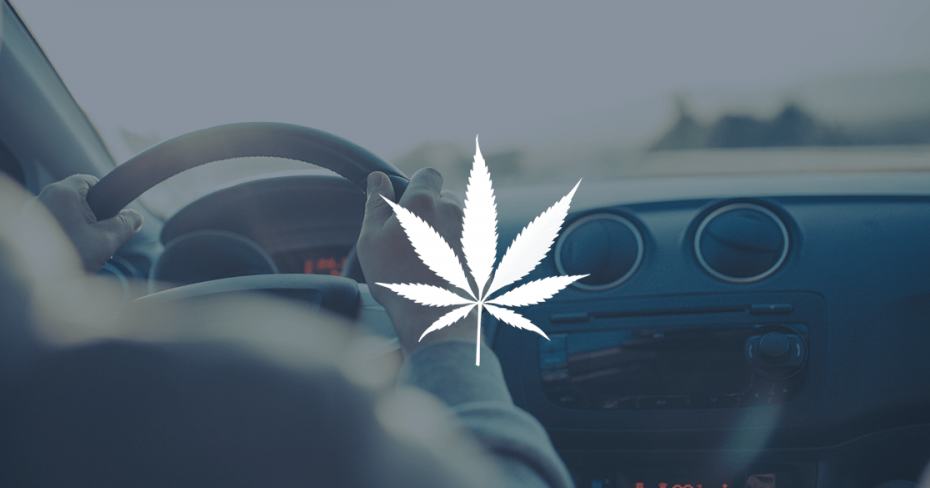Blunt driving: what legal marijuana means for Canada’s impairment regulations
By: Dominic Licorish on October 27, 2016
Listen up, proud stoners: it’s almost time! Justin Trudeau promised regulation and legalization of marijuana for both recreational and medical use. But once that happens, things are going to be little different, especially when it comes to road safety and impaired driving restrictions.
While driving under the influence of substances is already illegal, many are concerned that legalizing marijuana will mean an increase in stoned driving. Before we see legislation, a government task force will present a detailed study to help determine how best to regulate and restrict access to the drug.
Expect punishments to get stiffer
If it hasn’t already, there’s a good chance your province is going to tighten rules regarding drug-impaired driving. We’ve already seen this happen in Ontario where failing a roadside sobriety test will now lead to a suspended licence.
Enforcing marijuana laws is already one of the reasons the public called for marijuana’s legalization. People have been jailed for minor infractions, and too much police time and resources have been spent on raids, etc.
But here’s the deal: marijuana is already the most commonly used illegal drug in Canada. Once legalized, there will almost certainly be a spike in use. And that’s probably going to cause problems for law enforcement who need a reliable way to determine how impaired someone might be behind the wheel.
How high is too high?
While companies are working hard to develop quick roadside tests for measuring THC (the active ingredient in marijuana) levels, there’s no consensus or conclusive data on how much THC constitutes impairment. For alcohol, that number has been well established, but not for marijuana.
Current roadside tests rely more on an officer’s judgement and a driver’s coordination and awareness. As the Canadian Public Health Association says, smoking marijuana can negatively impact memory, reaction time, ability to concentrate, and ability to judge distance and time.
In Canada, if you fail a roadside test, you’ll need to submit to a more stringent evaluation test. This includes a breathalyzer, an interview with an officer, a pulse test, and an eye exam. Only if that officer determines that you’re impaired will you have to give blood, urine, or saliva to confirm or deny the assessment.
The problem is it’s nowhere near as simple or easy as testing for alcohol. THC may stay in your system for a long time, but according to this piece on CNN, the concentration of THC drops fairly quickly, which can make it hard to determine impairment. There are companies developing oral swabs that will be able to return roadside results, but even then, researchers say those tests may not be accurate.
How they do it down south
In Colorado, marijuana has been legal since January 1, 2014. At the time, the police didn’t adequately prepare for an increase in drug-impaired drivers, but now they’re trained to spot signs of impaired driving, as well as marijuana use on the road. According to CBC, they look for the following signs:
Distracted driving
Light body tremors
Different sized pupils
Impaired motor skills
The smell of marijuana
Drivers who fail the roadside test will have to submit to a blood test, and if they have 5 or more nanograms of active THC in their blood, they’re considered impaired in both Colorado and Washington state.
Drive high, get high premiums
The bottom line is that driving under the influence of a drug, even a legal one, will get you in trouble with the law and, subsequently, your insurer. Your rates will almost certainly increase; sometimes doubling if the crime was serious enough. These convictions will typically ruin your rates for several years, meaning a 5-minute decision could cost you thousands of dollars if you’re not responsible.

.jpg?itok=88nBkwga)
.jpg?itok=W5fSKczJ)